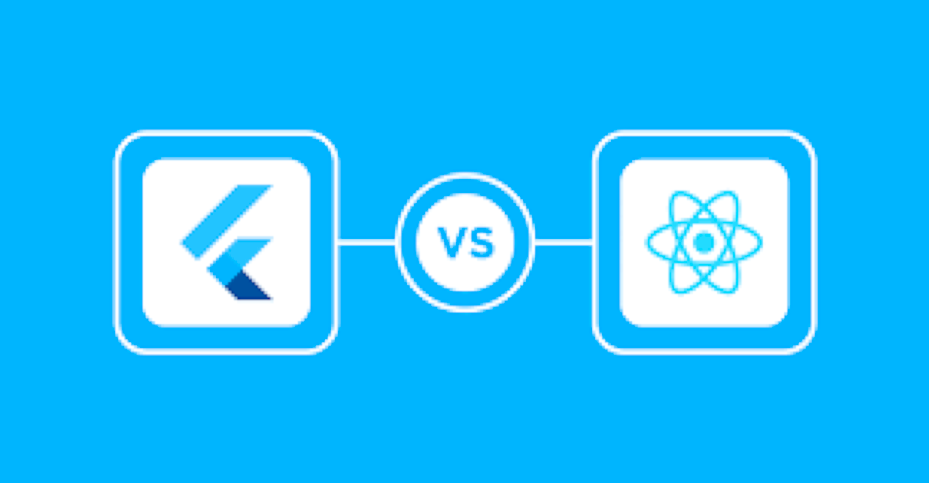
Flutter or React Native, which one should I choose in 2023? Which one is easier to learn? These are some of the questions that most people looking to begin their software development journey ask.
In 2023, when it comes to building mobile applications, two popular choices are Flutter and React Native. Both of these frameworks have their pros and cons, and the decision of which one to choose will depend on a variety of factors such as the project requirements, team skills, and user experience goals. In this article, we will discuss both frameworks in detail to help you make an informed decision.
Flutter
Flutter is an open-source mobile app development framework created by Google. It uses a reactive programming model and allows developers to create beautiful, fast, and high-performing applications for both iOS and Android platforms with a single codebase. Flutter’s widget-based approach allows developers to create customized and beautiful user interfaces with ease. It has a fast development cycle due to its hot-reload feature that allows developers to see the changes they make to the code in real-time. Flutter has a growing community and a vast library of widgets, plugins, and tools that can be used to create powerful and engaging mobile applications.
Pros:
- Single codebase for both iOS and Android
- Fast development cycle with hot-reload
- Customizable user interface with widgets
- High-performing and fast applications
- Growing community and vast library of widgets, plugins, and tools
Cons:
- Relatively new framework
- Limited third-party libraries and plugins compared to React Native
- Large app size due to the inclusion of Dart runtime
- Limited support for legacy devices
React Native:
React Native is a popular mobile app development framework created by Facebook. It allows developers to build cross-platform applications for iOS and Android platforms using a single codebase. React Native uses a declarative programming model, and it is built on top of the popular ReactJS library, making it easier for web developers to transition to mobile app development. React Native has a vast library of third-party plugins and components that can be used to add functionality and features to applications.
Pros:
- Cross-platform development with a single codebase
- Large community and vast library of third-party plugins and components
- Familiar programming model for web developers transitioning to mobile app development
- High performance and fast applications
Cons:
- Limited customization of the user interface compared to Flutter
- Reliance on third-party plugins and components for advanced functionality
- Slower development cycle compared to Flutter
- Relatively larger app size compared to Flutter
Which One to Choose:
Choosing between Flutter and React Native ultimately depends on your specific project requirements and team skills. If you are looking to build a highly customized user interface and prioritize fast development cycles, Flutter may be the better choice. On the other hand, if you prioritize access to a vast library of third-party plugins and components and want to work with a familiar programming model, React Native may be the better choice.
Summary
In conclusion, both Flutter and React Native are powerful frameworks that can be used to build high-quality mobile applications for both iOS and Android platforms. Ultimately, the decision of which one to choose will depend on your specific project requirements and team skills.
Flutter or React Native, which one should I choose in 2023? I believe you can now answer that question confidently.

Latest tech news and coding tips.



